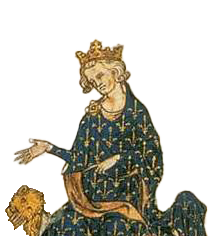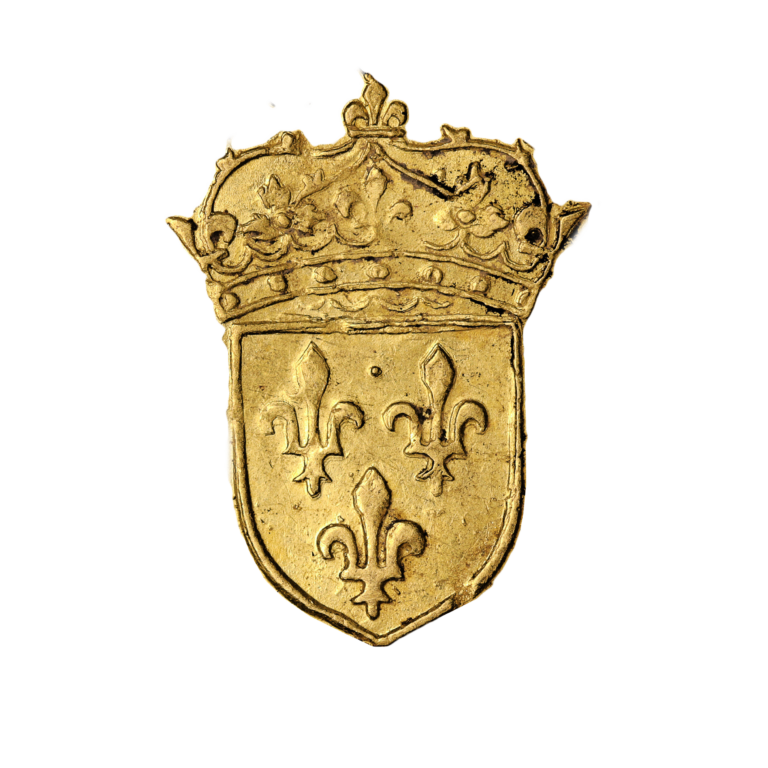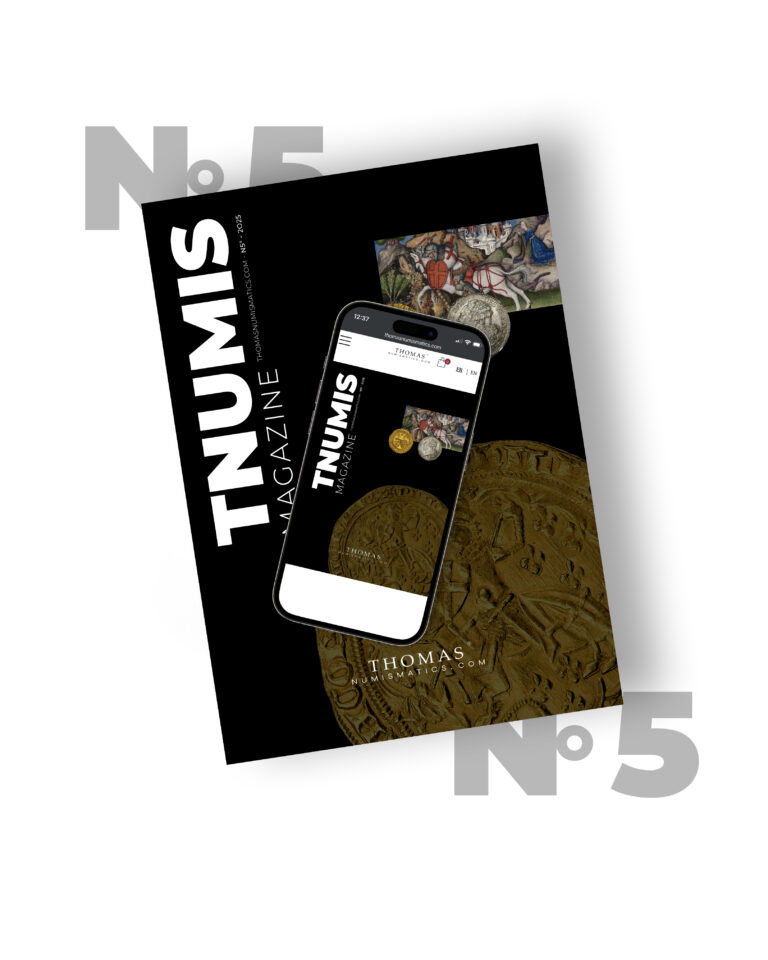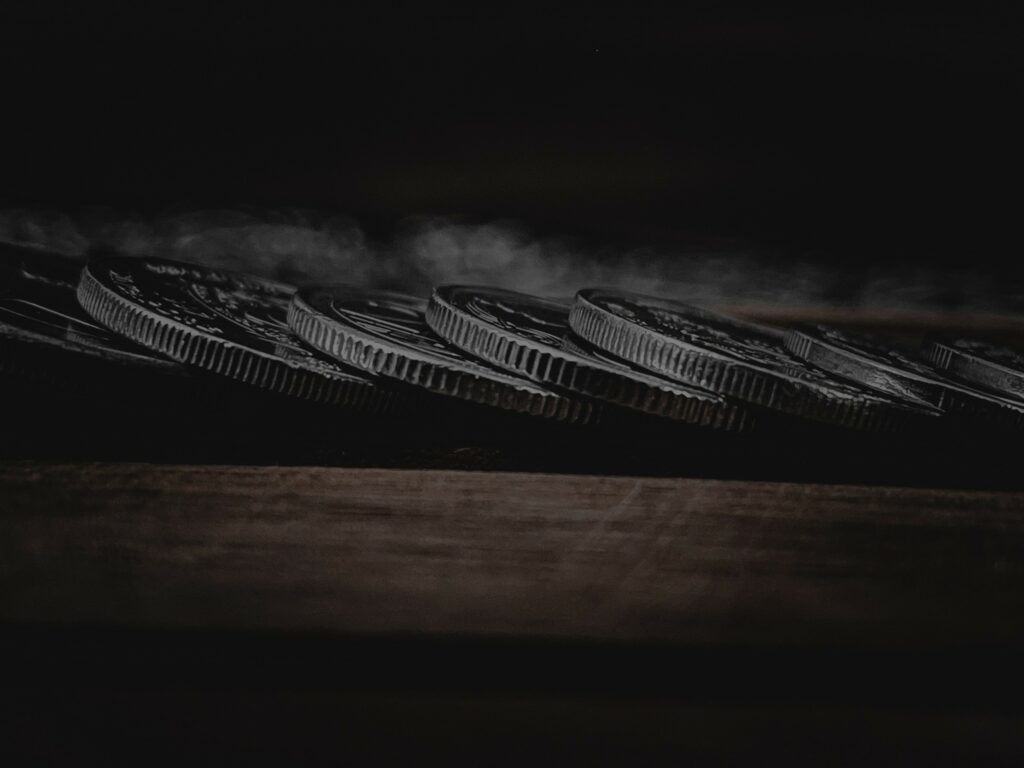
Discover all the news and articles from TNUMIS Magazine exclusively
Hans Sloane, the first numismatist
Hans Sloane was a major figure of his time. He was born in 1660 in Killyleagh in Ireland, and died in 1753 in London. Trained physician, naturalist and collector of objects from around the world, he was one of the first numismatists. His coin collections were bequeathed to the Kingdom of England and established the founding of one of the largest museums in the world, the British Museum.
The beginning of a collection
As a child, Hans Sloane began to collect a whole lot of curiosities. He was fascinated by many sciences including numismatics. He studied medicine in London for four years, and then he went to France. He passed through the capital before finishing his studies in the south. Sloane obtained his doctorate in medicine at the University of Orange at the age of 23.
In 1687, he left for Jamaica as the physician of the new governor of the British colony, the Duke of Albemarle. He stayed there for only a year and three months, collecting and studying hundreds of plants, animals and other curiosities. He returned to England with an impressive collection of plants, objects and coins. At the end of this journey, he wrote two books, a report published in 1696 and a narrative, A Voyage to the islands Madera, Barbados, Nieves, St Christophers and Jamaica with the Natural History… of the Last of These Islands, divided into two volumes and illustrated with engravings in 1707 and 1725.
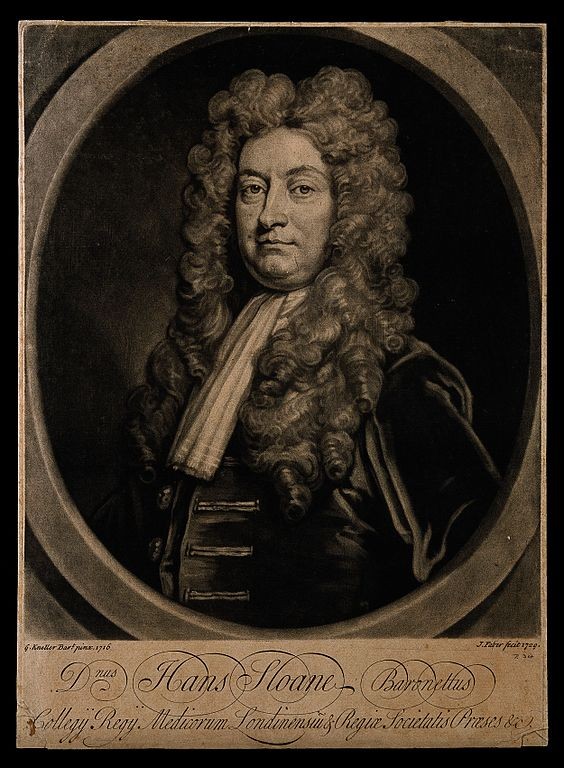
Hans Sloane, physician and numismatist
After returning from the Caribbean, Sloane married Elizabeth Langley Rose, the widow of a sugar cane planter in Jamaica. They had two daughters, Sarah and Elizabeth. He founded his firm in London in 1689 and continued to build his numismatic catalog in two different ways. He bought entire collections already built up by others, such as that of William Charlton, or he obtained artifacts from travelers.
Hans Sloane was appointed secretary of the Royal Society in 1693 and editor of its journal. On behalf of France, he became a correspondent to the Royal Academy of Sciences. He was appointed extraordinary physician to Queen Anne in 1712 and to King George I in 1714, and he then continued to work for George II. In 1716, he was made a baronet. He became president of the School of Medicine and then president of the Royal Society. In 1719, he was appointed President of the Royal College of Physicians and became Surgeon General of the British Army in 1722. Sloane promoted inoculation against smallpox and the use of quinine to treat malaria.
Hans Sloane is also known for his role as a contributor to many projects. He bought a part of the Chelsea Botanical Gardens and collected coins from around the world. He contributed financially to explorations such as Mark Catesby’s in South America and supported Stephen Gray’s research on conductivity.
Hans Sloane, founder of the British Museum
The creation of the British Museum
At the age of 81, he retired to his home in Chelsea. He set up his library and his cabinet of curiosities there. When he died, he donated his gigantic collections to the nation in exchange for a payment of £20,000 to his descendants and the creation of a museum where the public could have access to his titanic collection. The British Parliament inherited approximately 71,000 objects: books, engravings, prints, medals, coins, manuscripts, etc. King George II passed the British Museum Act in 1753. The first galleries and reading room for students opened in 1759 in a 17th century manor house, Montagu House. This was the founding collection of the British Museum, later partially transferred to the Natural History Museum and the British Library.
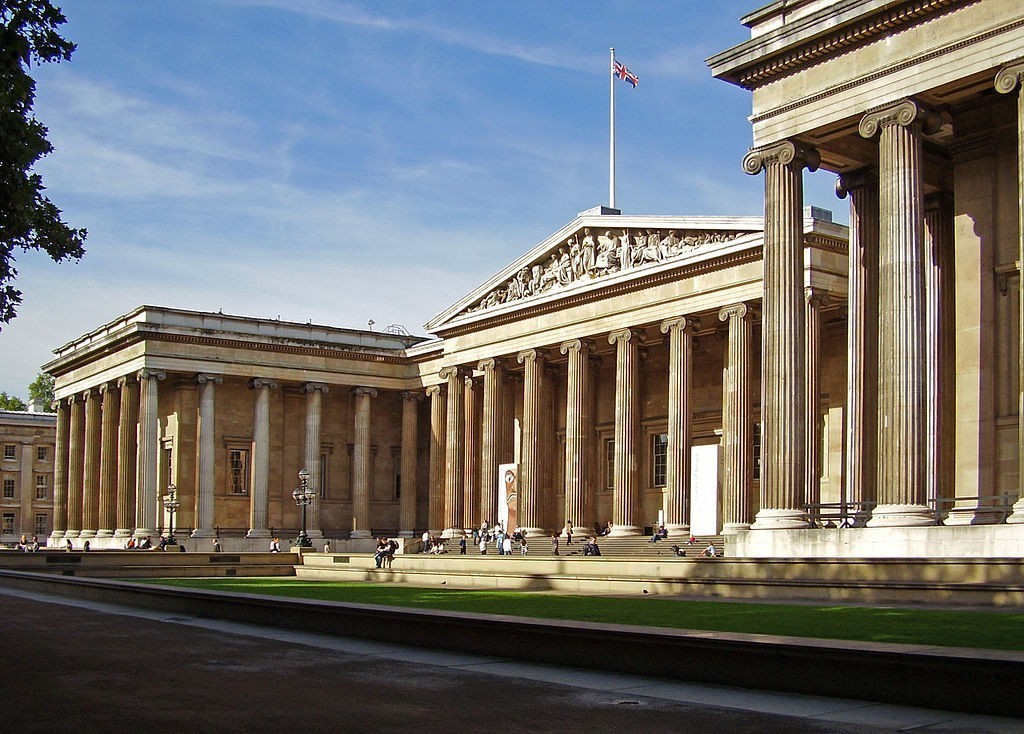
Hans Sloane, slave owner
No more than 260 years later, the British Museum now puts the spotlight on the museum’s founder. It recently revisited his slave-owning past. Hans Sloane’s bust is now on display in a glass case with explanations about his life. He is described as a “physician, collector, scholar, philanthropist and slave owner.” Hans Sloane had used his wife’s fortune to build his collection. This money came from sugar plantations in Jamaica, where slaves were used to work.
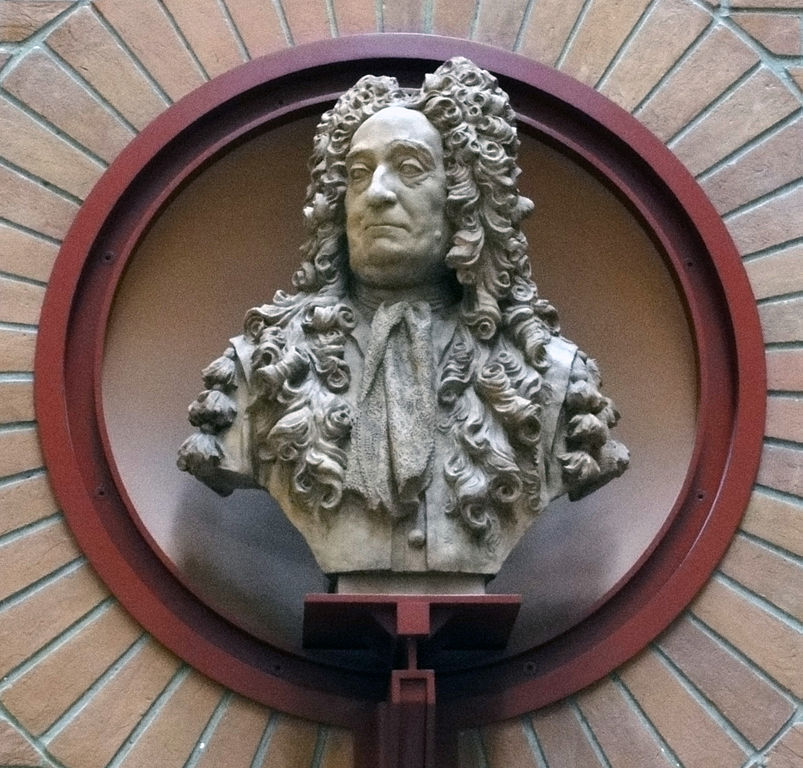
The museum’s team wants to put the historical context of the museum’s construction into perspective, without denying important facts. That is why the British Museum has begun an important work echoing the Black Lives Matter movement. This period also led the United Kingdom to question its history and its past.
The historian James Delbourgo returns to the life of Hans Sloane in his book Collecting the World. He describes him as a “curious scholar of his century” and details “how Sloane’s professional trajectory was fully in line with the rise of the British Empire, which came to play a decisive role in his social and scientific success.”
Sources :
British Museum
France Info
Natural History Museum
La vie des idées
Hans Sloane
La maison du collectionneur
